Orton-Gillingham

The Orton-Gillingham approach is a unique language training system that was designed by Dr. Samuel Orton and Anna Gillingham. Dr. Orton, a neuropsychiatrist and pathologist, was a pioneer in focusing attention on reading failure and related language processing difficulties. He revolutionized modern thought concerning learning disabilities, determining that language-based disorders were biological and not environmental in origin. He brought together neuroscientific information and principles of remediation, having extensively studied children with the kind of language processing difficulties now commonly associated with dyslexia and formulating a set of teaching principles and practices for such children. He strongly believed that such disorders would respond to specific training if properly diagnosed and if the proper training methods to meet the needs of each particular case were instituted.
Anna Gillingham was a gifted educator, psychologist, and school administrator. Working with Dr. Orton, she devised methods of teaching these students based on the principles formulated by Dr. Orton, and she compiled and published instructional materials. The Gillingham Manual, which she wrote with Bessie Stillman, still serves as the leading instruction manual of the Orton-Gillingham approach.
The Orton-Gillingham approach (OG), revolves around the scientifically-based concepts that humans acquire and master language through three distinct neurological pathways: visual processing (seeing), auditory processing (hearing), and tactile-kinesthetic processing (feeling). In the last pathway, tactile refers to small muscle movements (handwriting, manipulation of the vocal tract and speech organs), and the kinesthetic refers to large muscle movements (movement of the arms/legs).
The Orton-Gillingham approach has been the most powerful intervention designed expressly for the remediation of the language processing problems of children and adults with language-based learning disorders such as dyslexia. However, due to its design and manner of implementation, research supports that all students can and will benefit from a multisensory, structured, sequential, cumulative, cognitive, flexible, emotionally sound, and diagnostic-prescriptive approach. The Orton-Gillingham process places students in position to master the eighty-five percent of the English code that is phonetic. Further, and most importantly, it allows them to make intelligent choices towards mastering the remaining fifteen percent of the English code that must be analyzed in order to be applied properly.

